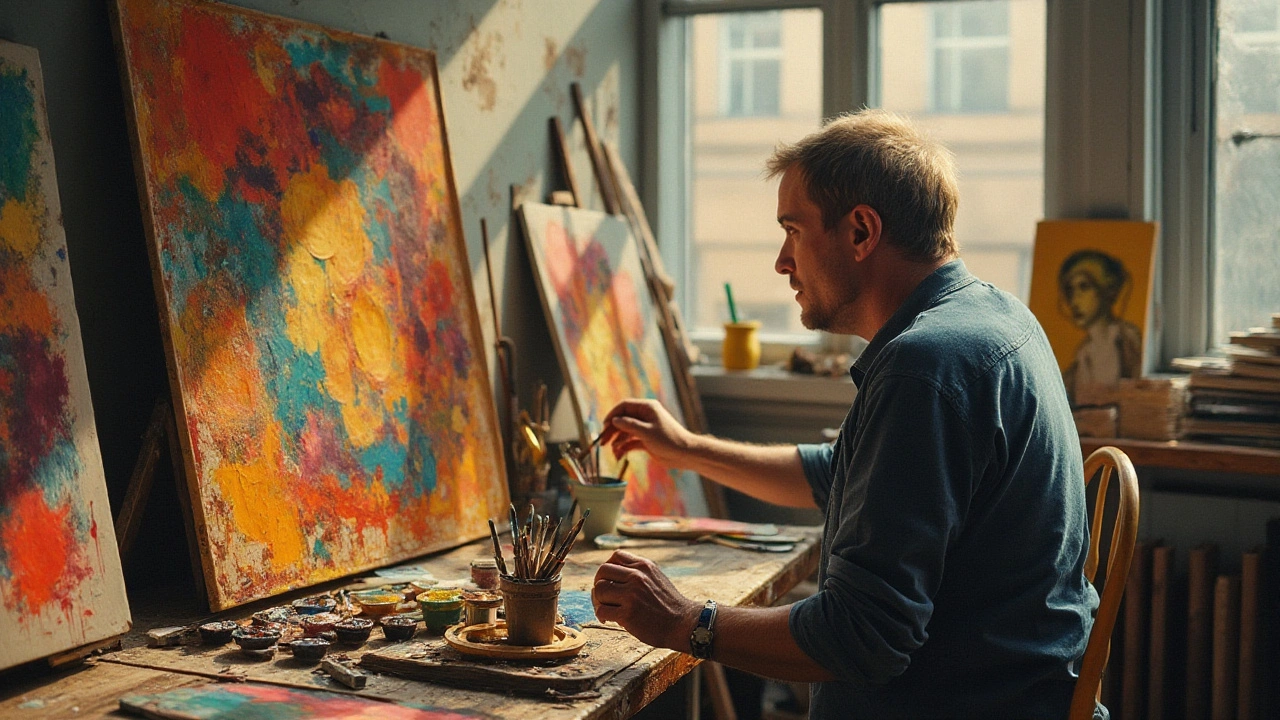Traditional Art: Essential Styles, Techniques & Practical Tips
Traditional art covers painting, drawing, printmaking, sculpture and crafts that rely on hands-on techniques and real materials. If you want solid skills that last, learning traditional methods gives you control over tone, texture, and form. Below I’ll point out useful techniques, quick practice routines, and how to care for or buy real artworks.
Practical techniques to try
Start with the basics: value, edge, and composition. Practice value studies in charcoal or graphite for 15–30 minutes daily. That trains your eye to see light and shadow before you worry about color. For oil painters, learn underpainting and glazing: block in values in a quick monochrome layer, then layer thin glazes of color to build depth. For acrylics, experiment with scumbling and drybrush to get texture fast.
Drawing from life beats copying photos. Use a continuous contour or gesture drawing for short sessions—this helps with proportion and movement. Try the sight-size method for portraits or still lifes: place your subject and canvas so they appear the same size from a fixed viewing point, then compare directly. Sculptors should start small with clay maquettes to find forms before committing to stone or bronze.
Printmakers: start with relief or monotype to understand ink and pressure. Etching and intaglio need more setup, but they teach control over line weight and tone. For woodcut, focus on carving direction and how it changes the printed mark. Each traditional medium teaches a different way to think about making an image.
Learning routine and materials
Keep a simple routine: 3 short sessions a week focused on skill (value studies, life drawing, color mixing) and 1 longer session for a finished piece or experimentation. Use decent basic materials: mid-range brushes, a few good pigments (titanium white, ultramarine blue, burnt umber), and quality paper or canvas. Cheap supplies can hide learning problems and discourage you.
Copy the masters, but with purpose. Recreate a small section of a painting to study brushwork or color relationships, not to mimic the whole thing. Read labels in museums and note techniques—how an artist handled edges, where they left paint thick, how they solved perspective.
Buying and caring for traditional art
When buying, ask about provenance, condition, and medium. Originals need a professional appraisal if the price is high. Frame works with acid-free materials and UV-protective glass for delicate works on paper. Keep paintings out of direct sunlight and away from extreme humidity. For sculptures, dust gently and check base mounts periodically.
Traditional art skills adapt well to digital tools later on, but the tactile training gives you stronger choices in composition and mark-making. Pick one medium, get comfortable with core techniques, and the rest will come faster than you expect.

